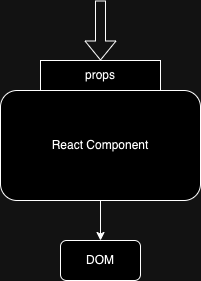What's the point of writing tests?
Ensuring Correctness: Testing verifies that your components render correctly, behave as expected with different inputs and user interactions, and that your application logic functions flawlessly.
Early Bug Detection: Catching errors early in the development process saves time and resources compared to fixing them later in production.
Improving Code Quality: Writing tests encourages modular, well-structured, and maintainable code.
Facilitating Refactoring: Tests act as a safety net, allowing you to confidently modify code without introducing unintended side effects.
Boosting Confidence: A comprehensive test suite provides peace of mind when deploying updates or collaborating with team members.
Having established the importance of testing, the next question is: how do we implement testing for React components?
Think of a React component as a function. It receives data through "props" (similar to function parameters) and, when called, generates DOM elements to be displayed. These props can be data values received from a parent component, callback functions to be executed, or a combination of both.
